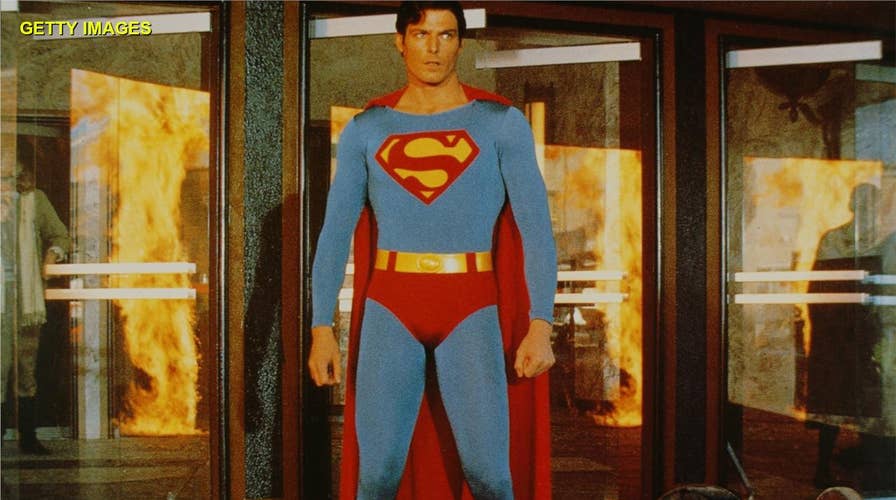Christopher Reeve's daughter talks growing up with 'Superman,' keeping his legacy alive
Christopher Reeve's daughter Alexandra Reeve Givens talks growing up with 'Superman,' keeping his legacy alive through the Christopher & Dana Reeve Foundation. For more information on the Reeve Foundation and resources about living with paralysis, visit ChristopherReeve.org.
To the world, Christopher Reeve was Superman — but to Alexandra Reeve Givens he was a real-life hero who also happened to be dad.
The towering American actor rose to fame when he took on the iconic role of bespectacled Clark Kent turned Man of Steel in 1978’s “Superman: The Movie,” which resulted in three successful sequels. Givens told Fox News she still recalled one moment that made her realize her father was different from others.
“I have a very strong memory when I was probably four or five years old, and I was riding a bike with him in Central Park, and obviously still needed his support as I was figuring out how to do it,” she explained. “A big crowd of kids rushed up and came to get his attention. I remember so clearly that he picked up his hand from holding the back of my bicycle and turned to the kids to say hi. And I thought, ‘Oh dad, of all the moments to talk to kids, I get the gist, but this is the time to pay attention to me.’”
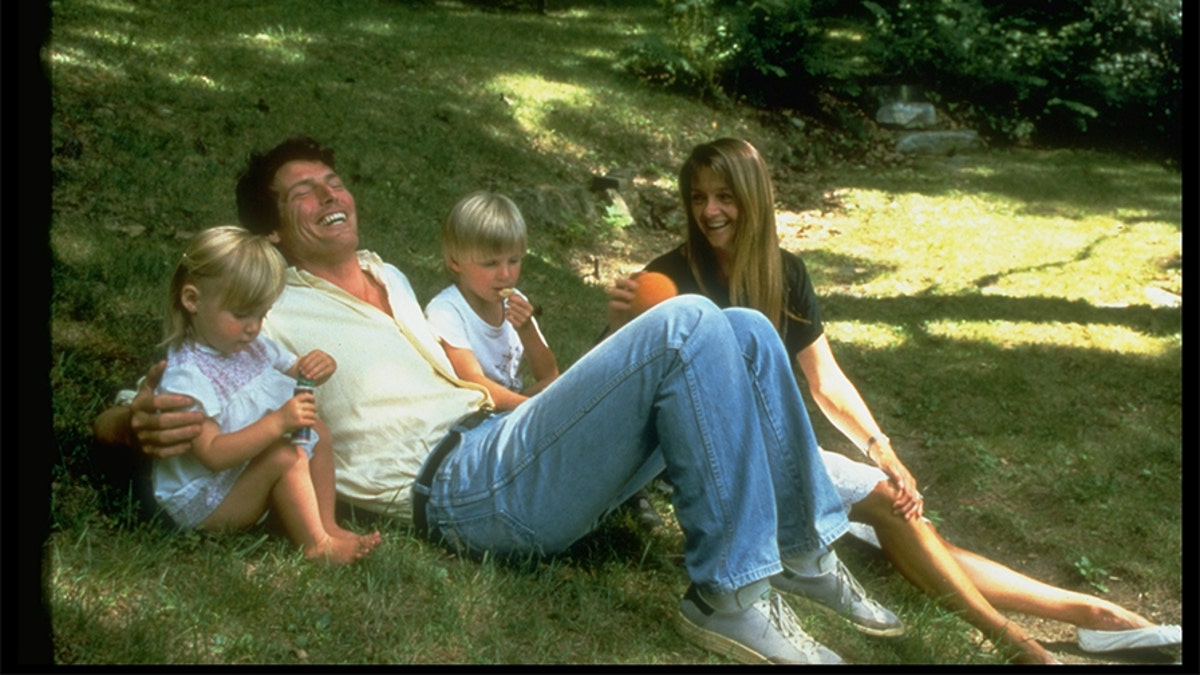
Actor Christopher Reeve with Gae Exton and their children. (Getty)
The movie star’s life forever changed in 1995 when he was riding a horse in competition. Reeve was an avid sportsman who enjoyed sailing, skiing and scuba diving — just to name a few. He was also a proud pilot who flew his plane solo across the Atlantic twice.
According to The New York Times, his horse Eastern Express backed off from a jump as Reeve kept moving. His head hit the rail fence and he landed on the turf on his forehead. The newspaper said, “his head dangled, just barely connected to his spine.” The fall caused multiple fractures of the first and second cervical vertebrae, leaving Reeve unable to move his limbs or breathe without a respirator.
It was a cruel twist of fate. That same year, before the devastating injury, he starred in a thriller titled “Above Suspicion,” where he played a police officer who becomes paralyzed in a shooting. Reeve’s accident reportedly occurred nearly a week after the film’s theatrical release.
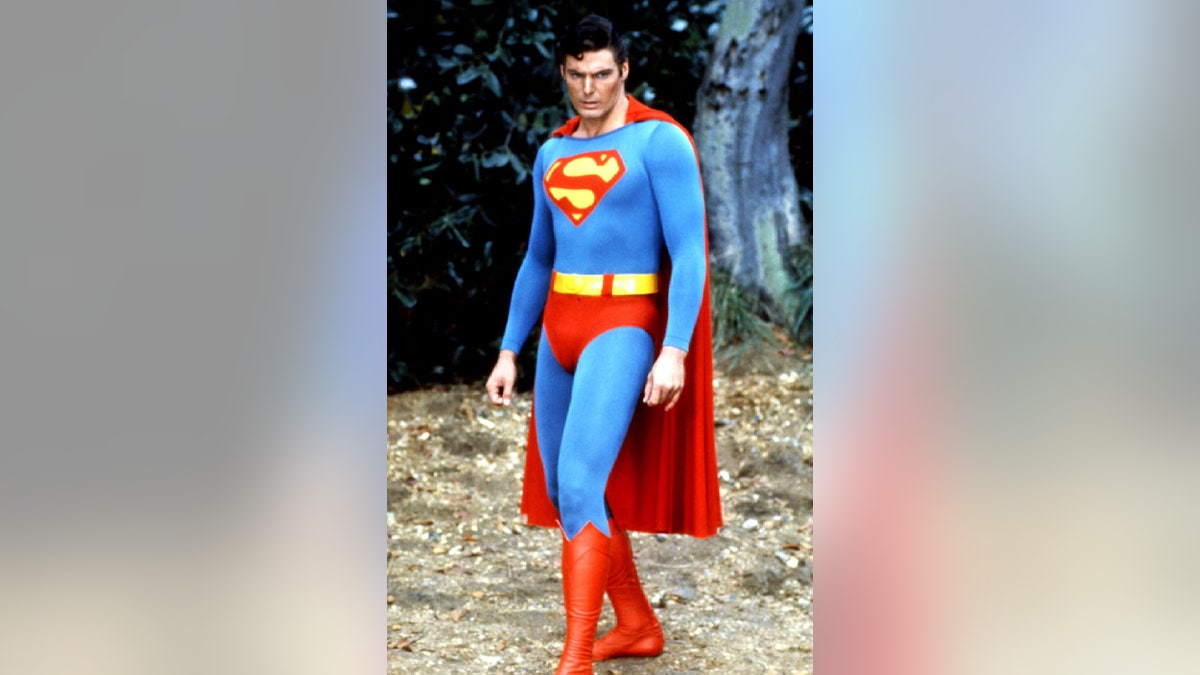
Christopher Reeve as "Superman. — AP
Givens was 11 years old at the time and living in England with her brother Matthew and her mother, Reeve’s former longtime partner Gae Exton, when they received the phone call in the middle of the night. Within a couple of hours, they were on a plane to get to his bedside in Virginia.
The actor had married Dana and had a son, William, three years before.
“Our family just came together,” she said. “Every family member in our extended family descended on the hospital. We all set up a makeshift camp outside the ICU, and it went from being there for a couple of days to doing an extended stay to being what ended up multiple months. We just came together as closely as he could."
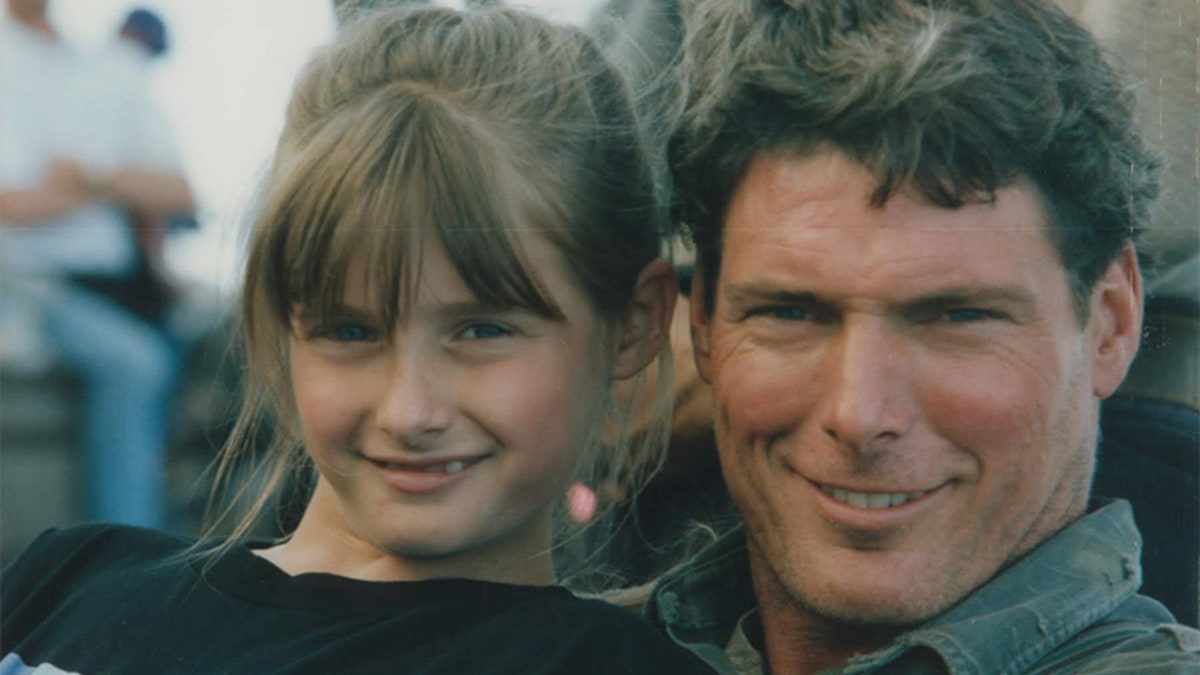
Alexandra and Christopher Reeve. — Courtesy of Alexandra Reeve Givens
Reeve said that in the days after the accident he contemplated suicide. But it was seeing the faces of his loved ones that dissuaded him. Givens said he was also comforted by the numerous letters he received from around the world.
“We spent our days going through the mail,” said Givens. “Reading letters from kids in schools around the country who had sent get well cards, who had drawn pictures, and we started writing back to them as well. Just letting people know that we felt their love, felt their support and that we were going to be OK.”
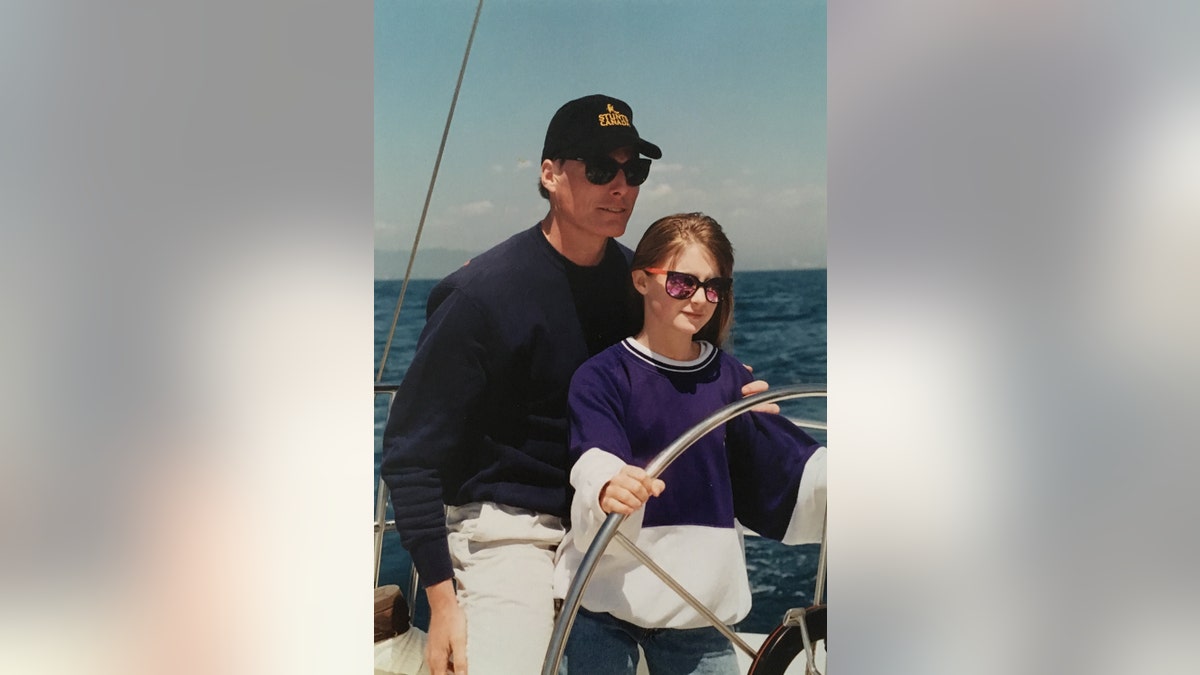
Christopher Reeve with Alexandra Reeve Givens before the accident. — Courtesy of Alexandra Reeve Givens
JACKIE GLEASON'S STEPSON TELLS ALL
And from that accident came action. Givens said Reeve was determined to learn everything that he could about spinal cord injuries, as well as what was being done to treat them.
“To be honest, it’s the only way he knew how to deal with it,” said Givens. “He just started to get educated as fast as he could. I have such strong memories of him sitting in the rehab hospital in a couple months after his accident, and he would have these huge tomes on the spinal cord and the latest research. And they actually got so heavy he would have us hold them up for him so he could read them. And we ended up lobbying him to get a music stand so we could put the book down and just sit next to him and turn the pages without actually having to carry the book.”
“But that was his answer,” Givens continued. “To get smart, to start talking to the researchers, to start talking to people in the community to figure out how to navigate this new world.”
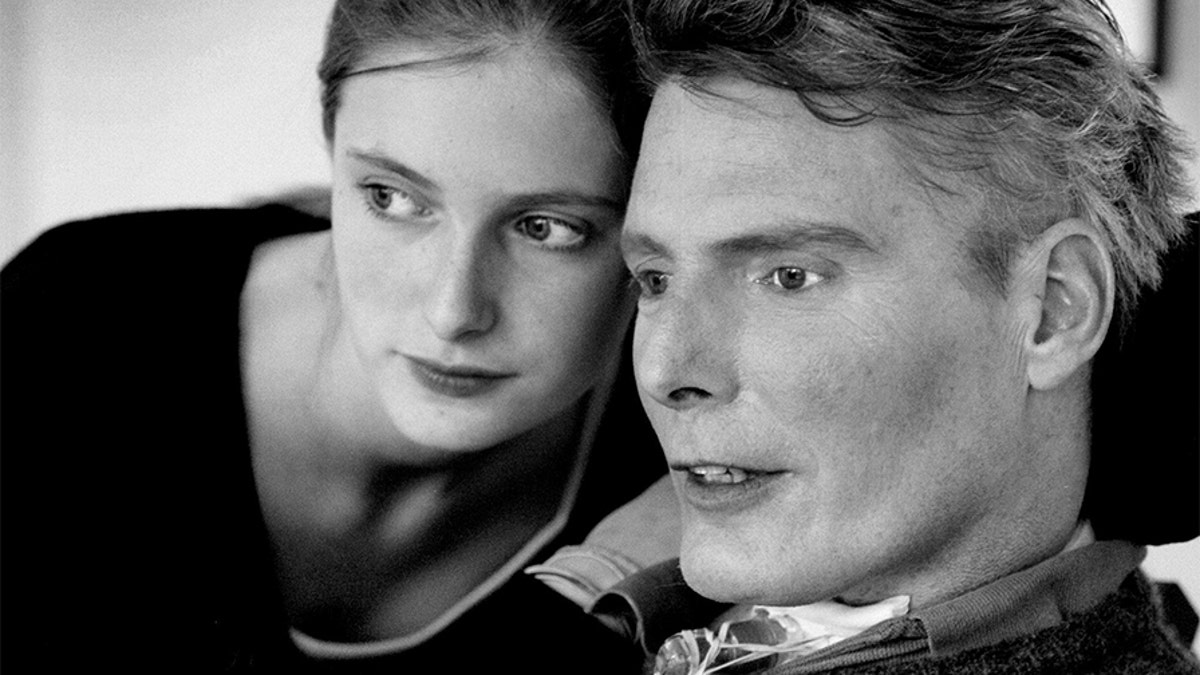
Christoper Reeve with Alexandra. (Getty)
But research wasn’t enough for Reeve. Before his devastating injury, Reeve avidly spoke out on issues that concerned him. The Los Angeles Times reported that in 1987, Reeve went to Santiago, Chile to demonstrate on behalf of 77 actors threatened with execution by the Pinochet regime.
MARLENE DIETRICH'S GRANDSON TELLS ALL
It was no different when Reeve became paralyzed. In 1999 his foundation and the American Paralysis Association (APA) came together as the Christopher & Dana Reeve Foundation. Reeve, along with his wife Dana, became tireless advocates for those living with paralysis. Reeve’s foundation aimed to cure spinal cord injuries by funding innovating research, as well as improving the quality of life for those living with paralysis and educating their families.
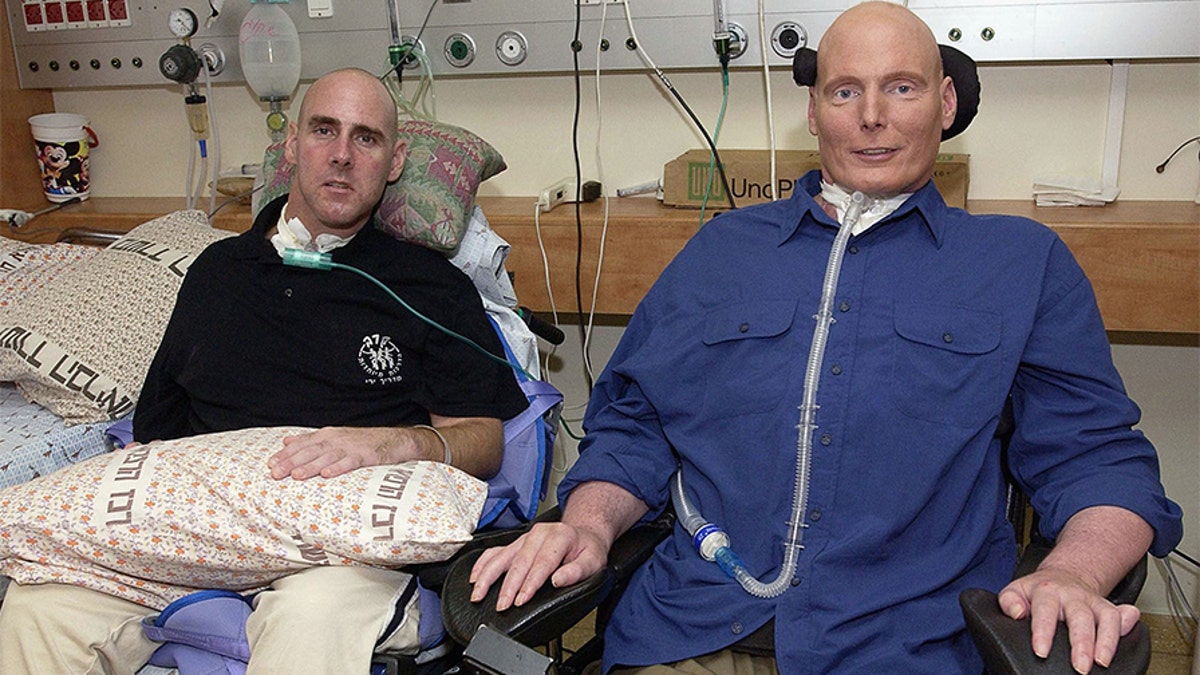
Christopher Reeve poses with American citizen Steven Averbach, who survived a terrorist attack in Jerusalem, during a visit to the Sheba-Tel Ha Shomer Hospital on July 29, 2003 in Tel Aviv, Israel. Averbach suffers from the same spinal injury as Reeve did. — Getty
“For my dad, turning the injury into action became more than just himself,” said Givens. “He wanted answers for himself for sure, but he knew that he had a platform and that he could use his voice for good. He could call up researchers and ask to go see them in the lab, and see what they were doing. And he would do that. And he would listen to them speak for a half hour about their research and then say, ‘That all sounds great. When is it going to help me?’ Suddenly adding that force, adding that timeline, saying, ‘I am somebody here right now who could benefit from your work’ — That urgency was really powerful.”

Christopher Reeve with his children. — Courtesy of Alexandra Reeve Givens
“For my dad, doing that for himself and for others became a really important piece of the puzzle as he continued to move forward in the years after his injury,” added Givens.
Reeve also immersed himself in another role he was passionate about — that of family man.
CLICK HERE TO GET THE FOX NEWS APP
“My dad worked so hard to make sure that as kids we still had a normal life,” said Givens. “We didn’t live in a Hollywood bubble. We lived in the suburbs outside New York and had a very regular upbringing of school, doing your homework — very strict rules. After my dad’s accident, he made sure that our routines stayed the same.”

Dana Reeve, Christopher Reeve and daughter Alexandra. (Getty)
“One of the most poignant ways that I think about that time is his routine on Christmas Day,” continued Givens. “On Christmas morning every year after his accident, he would start his morning routine at 4 AM just so that he could be in the living room waiting at 7 AM when he knew that my little brother would be coming downstairs … When I think about that, the effort that it used to take for him to get out of bed, to do that whole routine, but knowing that he wanted to have the same traditions that we had before his accident — I think that’s really telling.”
For the rest of his life, Reeve became a champion for the paralyzed, urging insurance reform and encouraging scientists to discover innovative treatments that could ultimately lead to a cure. He also wrote books and directed films.
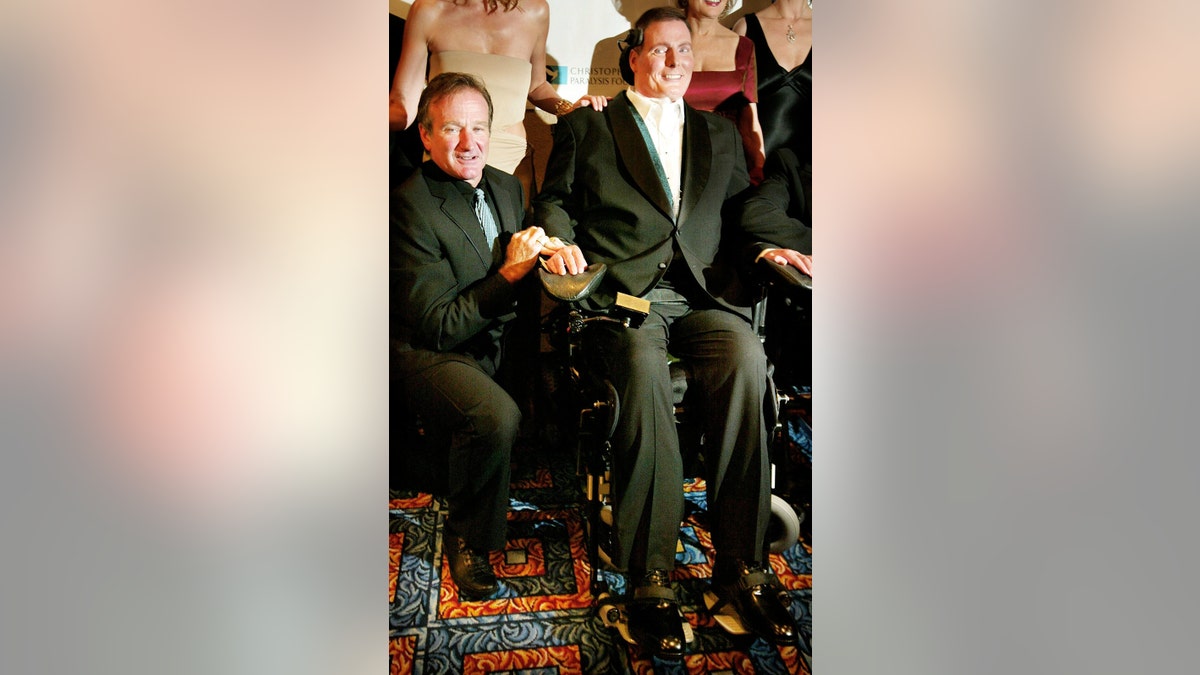
Christopher Reeve with pal Robin Williams. — Reuters
Reeve passed away in 2004 at age 52 after falling into a coma. Dana, who completely devoted herself to caring for Reeve and became an advocate for research into spinal cord injuries, died in 2006 at age 44 from lung cancer, though she was not a smoker. Her name was added to the foundation’s moniker in her honor.
Today, Givens is a proud mother of two and even named her son after Reeve. She, along with her siblings, also work closely with the family’s foundation to keep the legacy of Reeve and Dana alive.

The Reeve children. (Courtesy of The Christopher & Dana Reeve Foundation)
The Christopher & Dana Reeve Foundation still remains strong, said Givens. And the future looks bright. Givens shared the foundation has resourced over $138 million to scientific research around the world to find new treatments for spinal cord injury.
“There are new techniques called epidural stimulation, which submits electronic stimulation to people’s spinal cord as they’re undergoing physical therapy,” she said. “The promise of this is really amazing. For the first time, we are seeing people get regained motor function. Some people are standing, and some people are even taking steps. There’s still a long way to go. It’s a small set of people that have been able to experience the therapy so far, but it is so promising.

Christopher Reeve as "Superman." — Getty
“For the first time, we have FDA approval to move forward with early trials. … This is going from some abstract notion that my father used to talk about and try to get us all excited about, into something that is really real.”




















